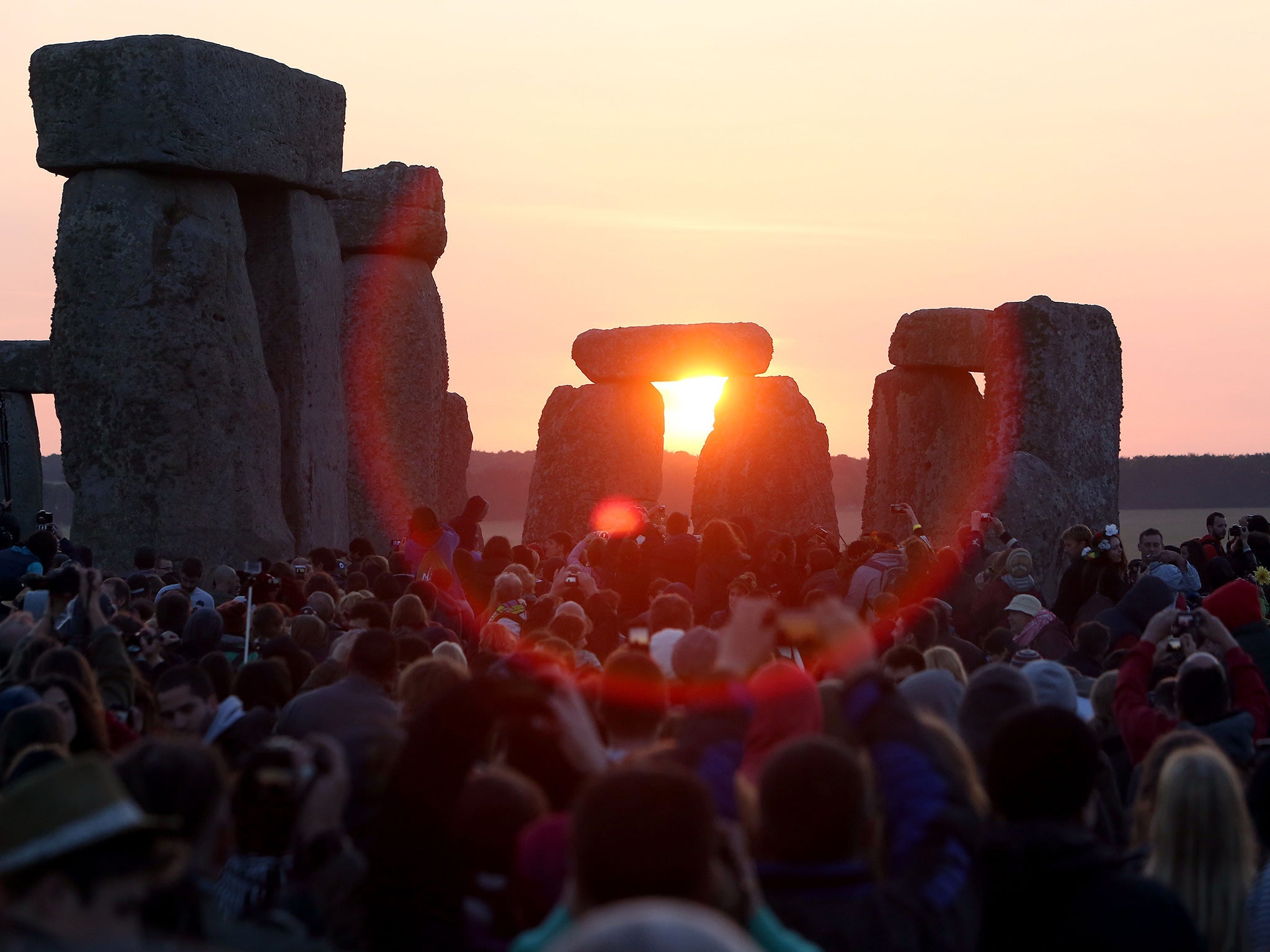Your support helps us to tell the story
This election is still a dead heat, according to most polls. In a fight with such wafer-thin margins, we need reporters on the ground talking to the people Trump and Harris are courting. Your support allows us to keep sending journalists to the story.
The Independent is trusted by 27 million Americans from across the entire political spectrum every month. Unlike many other quality news outlets, we choose not to lock you out of our reporting and analysis with paywalls. But quality journalism must still be paid for.
Help us keep bring these critical stories to light. Your support makes all the difference.
22 December, 2015, is the shortest day of the year in most time zones, which means missing out on any daylight hours due to being in the office.
Google is marking the day with an animated Doodle on its homepage, showing a pair of ice skaters circling the logo inside a snow globe.
Here are 5 things you may not have known about the Winter Solstice.
It’s not an all-day event
People who do celebrate the Winter Solstice often celebrate the whole day, but in reality, the solstice occurs specifically when the sun is exactly overhead the Tropic of Capricorn. The Tropic of Capricorn is the southernmost latitude where the sun can sit directly overhead, and its northern equivalent is the Tropic of Cancer.
That means it’s already happened
According to Greenwich Mean Time.com, the Winter Solstice occurred at 04:48GMT. However, the time of occurrence varies year to year, so next year the solstice will be at 10:45GMT, and the year after will be 16:29GMT.
The sun stands still
The word ‘solstice’ is derived from the Latin word ‘solstitium’, which loosely translated means ‘the sun stands still’. This is because the sun appears to ‘pause’ once it reaches the lowest point in the sky as seen from earth.
The earliest sunset isn’t today’s
For most places in the Northern Hemisphere, the earliest sunset happened a few days ago, while the latest sunrise is yet to come. This is because how we measure time with watches is different to measuring time using a sundial.
Monuments dedicated to the winter solstice in the UK
The world-famous prehistoric monument Stonehenge, in Wiltshire, is precisely aligned on a sight-line that points to the Winter Solstice sunset. It is believed this solstice is more important to the people who erected the monument than the summer solstice.
Newgrange in Country Meath, Ireland, and Maeshowe in Orkney, Scotland, are other megalithic monuments with solar alignments, although these two face the winter solstice sunrise.
Subscribe to Independent Premium to bookmark this article
Want to bookmark your favourite articles and stories to read or reference later? Start your Independent Premium subscription today.

Join our commenting forum
Join thought-provoking conversations, follow other Independent readers and see their replies
Comments